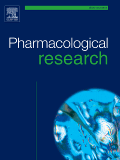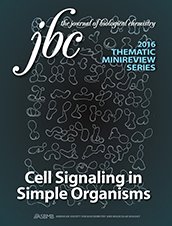
“The appetite-stimulating properties of cannabis are well documented and have been predominantly attributed to the hyperphagic activity of the psychoactive phytocannabinoid, ∆9-tetrahydrocannabinol (∆9-THC).
However, we have previously shown that a cannabis extract devoid of ∆9-THC still stimulates appetite, indicating that other phytocannabinoids also elicit hyperphagia. One possible candidate is the non-psychoactive phytocannabinoid cannabigerol (CBG), which has affinity for several molecular targets with known involvement in the regulation of feeding behaviour.
CBG produced no adverse effects on any parameter in the neuromotor tolerability test battery. In the feeding assay, 120-240 mg/kg CBG more than doubled total food intake and increased the number of meals consumed, and at 240 mg/kg reduced latency to feed. However, the sizes or durations of individual meals were not significantly increased.
CONCLUSIONS:
Here, we demonstrate for the first time that CBG elicits hyperphagia, by reducing latency to feed and increasing meal frequency, without producing negative neuromotor side effects. Investigation of the therapeutic potential of CBG for conditions such as cachexia and other disorders of eating and body weight regulation is thus warranted.”

.jpg)







